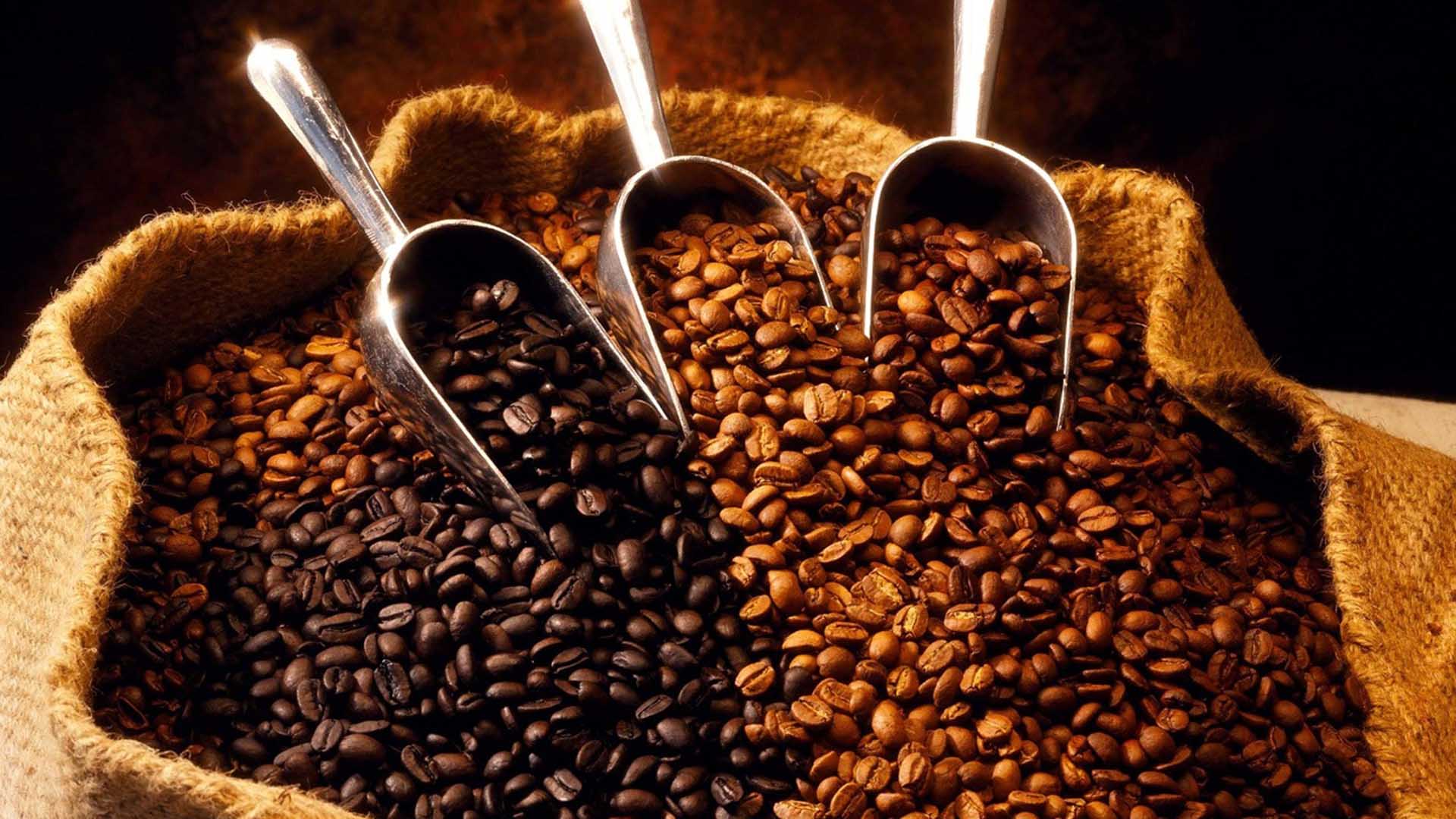Blends or single origin coffees?

Undoubtedly, the type of coffee we will focus on is directly influenced by the type of drink we want to prepare.
We recommend that you use blended coffee when making your cappuccino, which is a mix of coffees.
In case you want your cappuccino to be strong, with a predominant coffee taste, it would be appropriate to use a coffee blend that you will use in a ratio of 50/50 Robusta-Arabica or 75/25 Robusta-Arabica.
For a lighter version of your cappuccino and especially for your latte, we recommend either a blend of 100% arabica beans or 80/20 robusta arabica.
You can also bet on 100% single-origin coffee to make a light latte.
There are a few basic rules to follow when making coffee blends:
- Do not mix expensive with cheap coffee beans, as this will not get the optimal taste and quality effect of coffee drinks;
- To combine coffee beans that complement their taste and aroma characteristics. For example, in case you enjoy light roasted fruit coffee (African or Indonesian), try to complement the aromatic profile by using medium-roasted South or Central American coffee with a pronounced cocoa-nut aroma. In case you drink light or medium roasted Central or South American cocoa nut, you can complement the taste with Indian slightly spicy Arabica or Robusta. The options for mixing and roasting coffee are varied and specific.
- Use well-known varieties of coffee that you have already tried because you do not need to experiment with a combination of new flavors, aromas and acids that are not guaranteed to please you.
- Experiment with small batches of coffee to achieve optimal taste without generating unnecessary waste and waste coffee.
- Single-origin coffee- We recommend that you try them for the preparation of classic espresso drinks, as well as for various filtrations with which to bring to the fore the taste characteristics of the respective type of coffee. We would recommend the following single-origin coffees: Kenya, Ethiopia, Paua New Guinea, Brazil, Colombia, Peru, Mexico, India, Dominican Republic.
Whether you are focusing on single origin coffee or experimenting with coffee blends, we at Coffee Hunters would like to share some recommendations from our experience on what coffee has what taste characteristics, how it is best to roast and how. way to be prepared without claiming to be exhaustive and taking into account the fact that in a given region the coffee grown on different farms has variations in its profile.
- Brazilian coffee– low acid coffee, with a nutty-cocoa aroma in certain cases and with fruity notes. It is best to be medium to dark or dark baked and is suitable for making classic espresso drinks;
- Guatemalan coffee– medium acidic coffee with pronounced fruity-floral notes and medium body. Guatemalan coffees often have a long aftertaste and a smoky cocoa-chocolate flavour. Guatemalan coffees can be both light and dark roasted. In lighter baking, the floral notes stand out in the foreground, while in dark baking – those of cocoa and bitter chocolate. Lightly roasted Guatemalan coffees are suitable for filtration by pouring and Aeropress, while dark roasted – for French press and espresso;
- Ethiopian coffee– is characterized by rich herbal-floral and citrus notes in aromas, depending on the region and variety there are notes of jasmine, bergamot or blueberry in the aftertaste. In general, Ethiopian coffees have a light body and a pleasant medium to high acidity. Coffee has the best characteristics in the light roasting of beans. For light firing, it is appropriate to apply filtration by pouring, and for medium firing in the form of extraction from an air press.
- Indian coffee– coffee with a dense body, bright acidity and palpable spicy notes of cardamom, black pepper, nutmeg, cloves and tropical fruits. Coffee has the best characteristics when it is medium or medium to dark roasted. Extremely suitable for espresso, French press or mocha coffee maker.
- Kenyan coffee– sharp fruit acidity with medium dense body and well-defined aroma. It is characterized by fruit notes, citrus and berries. It is best for the coffee to be lightly roasted, as it is best for filtration by pouring hot water, a French press and an air press;
- Colombian coffee– coffee with extremely rich taste, low to medium acidity, silky body and caramel sweetness. There are nut-nut nuances, floral and fruit-tropical notes in the taste and aftertaste. Colombian coffee has the best characteristics when it is medium roasted and in the form of espresso, French press or air press;
- Mexican coffee– low to medium acidity with medium body. It is characterized by nut-chocolate notes. It has the best characteristics in medium and medium-dark baking. Suitable for both espresso and milk-based coffee drinks.
- Peruvian coffee– moderate to strong fruity-floral and cocoa notes with low to medium acidity, medium body. It has the best characteristics in medium and medium-dark baking. Like Mexican, Peruvian coffee is suitable for both espresso and milk-based coffee drinks.


Comments are closed.